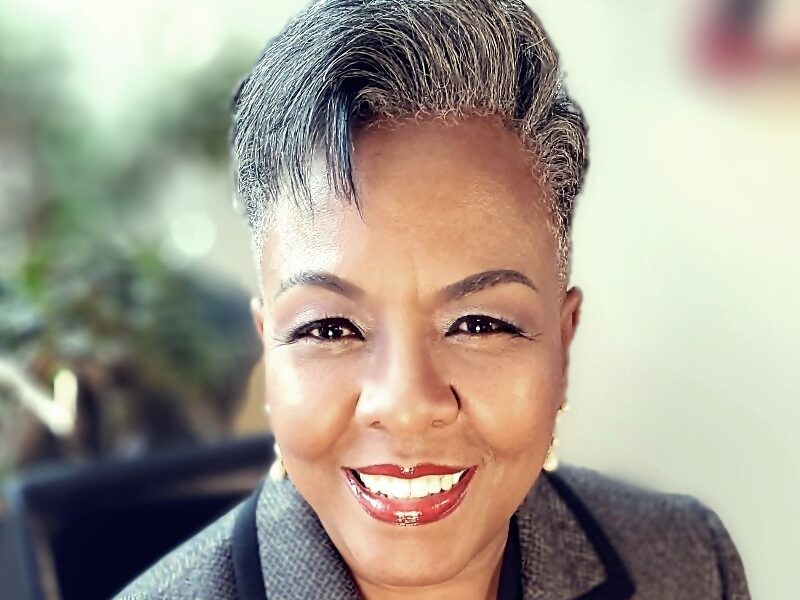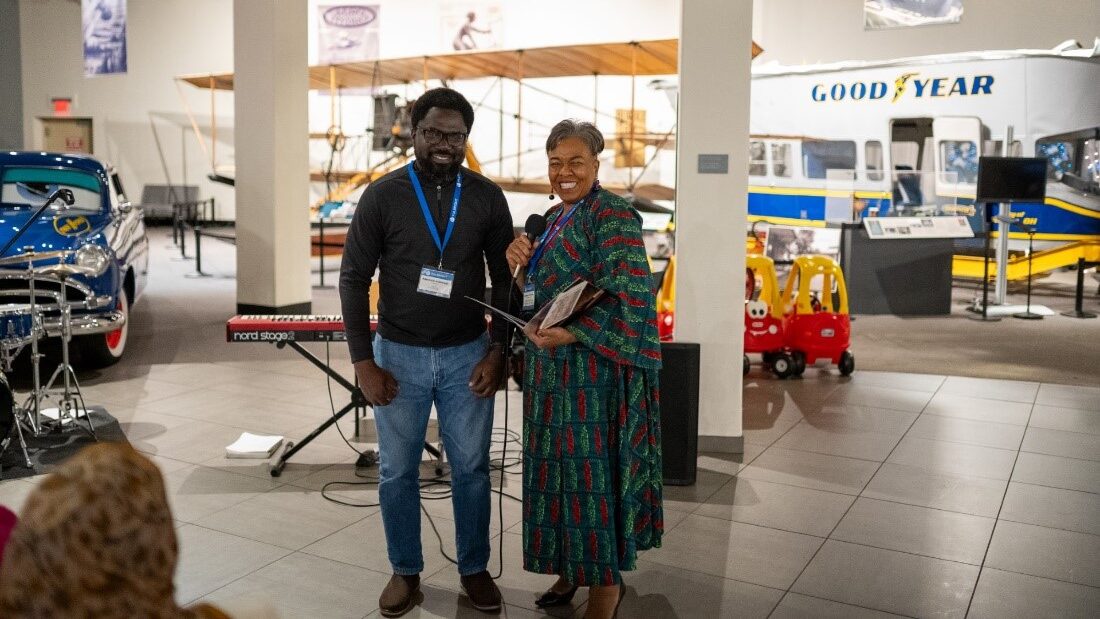
Whether welcoming African Fulbrighters to the United States, or highlighting the international dimensions of Black religious history, the work of Dr. Regennia N. Williams, Ph.D., reveals the dynamism of the African Diaspora.
Williams was a Fulbrighter to Nigeria and South Africa, and serves as the Distinguished Scholar of African American History and Culture at the Western Reserve Historical Society in Cleveland, Ohio.
The Fulbright Program has played a pivotal role in Williams’s professional career, providing her with valuable international perspectives on the history of African religious influence in the United States. When she was an associate professor at Cleveland State University, Williams’ administrators and her department chair supported her to investigate the international dimensions of her research through a Fulbright award. She had been inspired by colleagues in Cleveland State’s art history department who illuminated the strong influence of Yoruba religion, with its origins in present-day Nigeria, in African Art. This readied Williams to see for herself how “the world began at Ife-Ife [Nigeria],” the location of Obafemi Awolowo University, her host institution. There, Williams taught Nigerian students about African American History and the History of the Africans in the Diaspora. She also researched the influence of Muslim, Christian, and Yoruba practices as they moved along with diasporic communities.
In her exchanges with Nigeria scholars and students, Williams says that sharing her expertise allowed her to explain that for African Americans, “slavery changes you, and diaspora changes you” but “religion is such a powerful tradition” that it created lasting ties among members of the Black Diaspora. Williams felt these ties during her Fulbright as well, and says, jokingly, that Nigeria “felt like home . . .after a few months!”

Nearly a decade after her Fulbright research in Nigeria, Williams returned to Africa to share her expertise on the international stage as a Fulbright Specialist in South Africa.
Today, Williams’s work in Cleveland continues to preserve the legacies of the African Diaspora. In her role as president of the African American Archives Auxiliary (“Quad A”), Williams collects documents related to the contributions of Black communities in Ohio. She is also the Executive Director of the Center for the Study of Religion and Spirituality in the History of Africa and the Diaspora (the RASHAD Center, Inc.) where she publishes Traditions & Beliefs, sharing notable discoveries about Ohio’s past.
In January 2024, members of both Quad A and RASHAD joined efforts by the Robert F. Smith Center for the Digitization and Curation of African American History to preserve local history in Greater Cleveland. The Smith Center is housed at the Smithsonian Institution's National Museum of African American History and Culture.
Williams continues to celebrate Fulbright’s role in creating the lasting ties between her host communities in Africa and the United States. As President of the Fulbright Association Chapter of Northeast Ohio, Williams hosted Fulbright Scholars from around the world at a reception at the Western Reserve Historical Society in Cleveland. During her welcome remarks, she invited scholars from her Fulbright host countries, Nigeria and South Africa, to join her on stage to show her appreciation for the international connections formed during the Program.

The Fulbright reception highlighted the vitality of African influences in Cleveland, where Williams has championed projects to document present-day Black communities. The gallery is lined by a series of striking photographs of Black women wearing religious garments— young and old, serious and smiling, vivacious and shy. Williams explained that she and DavidPatrick Ryan, a colleague at the historical society, had curated the collection, titled Sisters: Portraits of Women Religious by Herbert Ascherman, Jr. Williams later met some of these women in Cleveland and proposed an oral history project. Through her preliminary research activities, she learned that the sisters were from Tanzania and serving in various congregations in the Diocese of Cleveland. This diocese includes St. Adalbert’s, the first Black parish in Cleveland, which is another site of Williams’' extensive community engagement, historical preservation, and digital archiving.
For Williams, Fulbright remains part of “an ongoing international, interdisciplinary, interreligious dialogue” that contributes to the vision of the “beloved community” that the Rev. Dr. Martin Luther King Jr. described in his “I Have a Dream” speech, where he saw people joining hands and singing that they are “free at last.” Her trip to Nigeria helped her to see that vision as including “black women and white women, American women and African women, Christian, Muslim, and Yoruba women” joining hands, singing, teaching, and learning from each other, too.